This weekend marks the opening of Fiber Philadelphia is an international biennial and regional festival for innovative fiber/textile art.Pick up a copy of the FiberPhiladelphia directory, with all the venues listed (there’s even an app to help you get directions). You’ll see our 25th Anniversary ad in the Directory, featuring work by Ritzi Jacobi and Mary Merkel-Hess, and an ad for SOFA NY featuring a concrete basket by Klaus Titze and a much-appreciated congratulations to us. Among the Philadelphia exhibitions we hope to visit later this month: Distinguished Educators, at the Crane Arts Building: Grey Area, 1440 North American Street through April 12th which includes celebrates significant artist/mentors who have shaped the field:
Adela Akers, Lewis Knauss, Gerhardt Knodel, Gyongy Laky, Joan Livingstone, Rebecca Medel, Jason Pollen, Cynthia Schira, Warren Seelig, Deborah C. Warner, Carol Westfall, Pat Hickman, solo and in collaboration with the late Lillian Elliott; Andrea Donnelly: Binary, Sondra Sherman: Found Subjects at the Philadelphia Art Alliance, 251 South 18th Street, through April 21st; and Secret Garden, which includes work by Lenore Tawney, Mary Merkel-Hess, Ted Hallman, Sheila Hicks,
and Jim Hodges at the Philadelphia Museum of Art, Perelman Building, Fairmount and Pennsylvania Avenues, through July.
Visit the FiberPhiladelphia website for complete details. http://www.fiberphiladelphia.org/

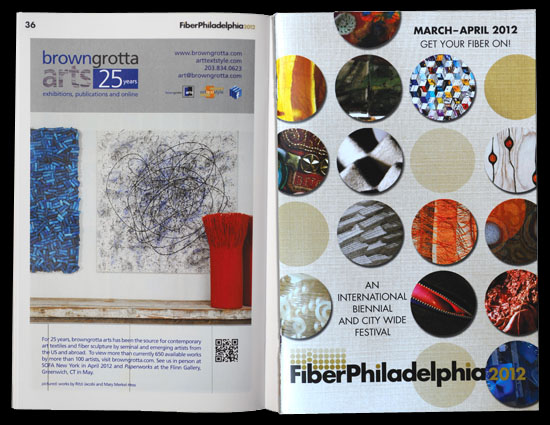
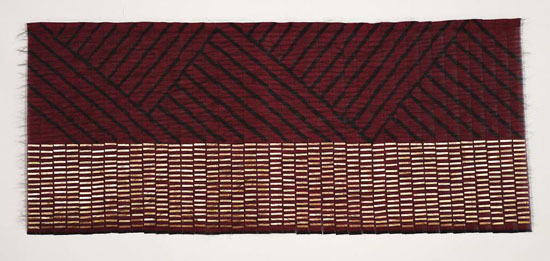

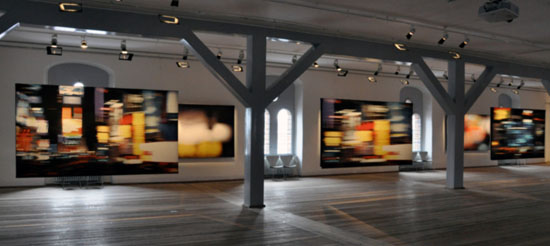
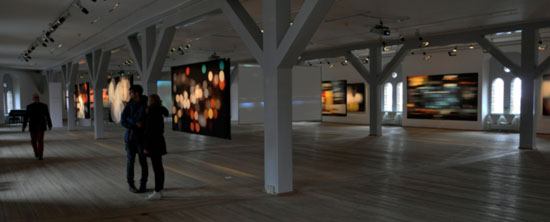
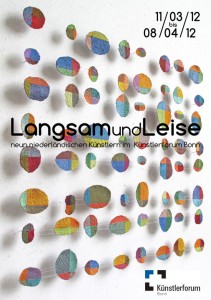


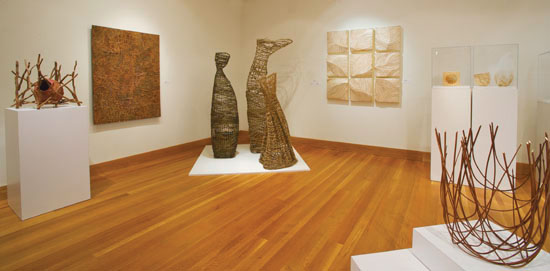

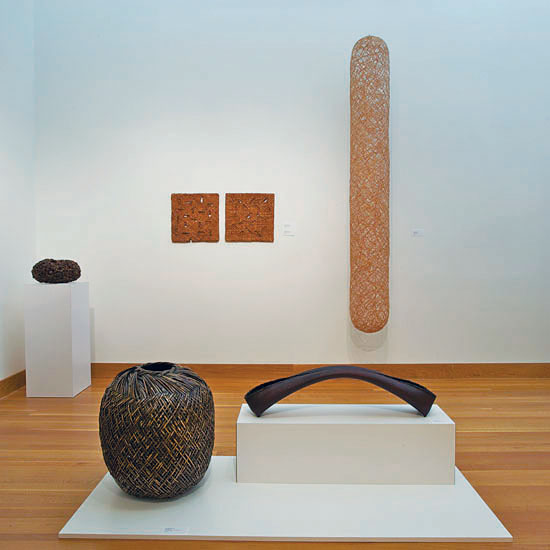
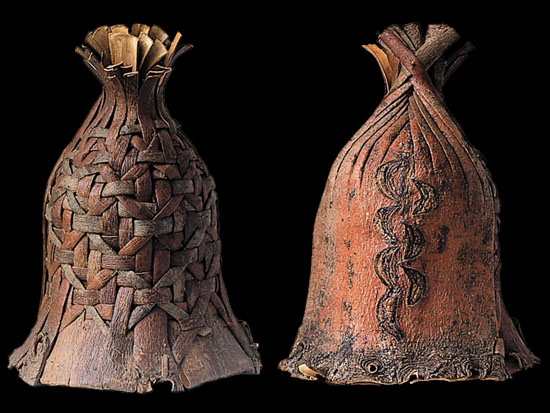
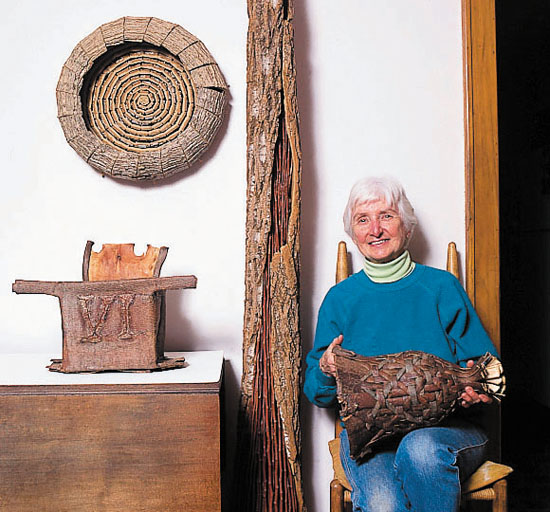
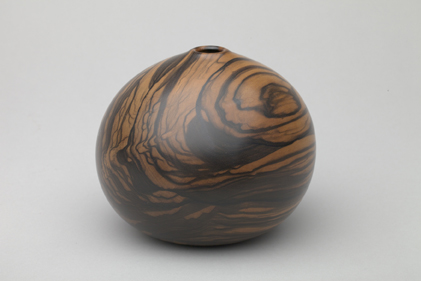
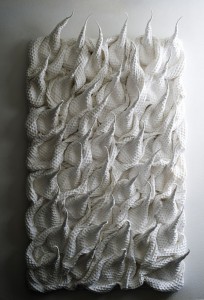



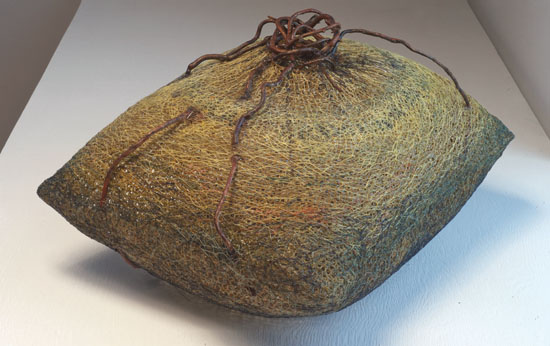
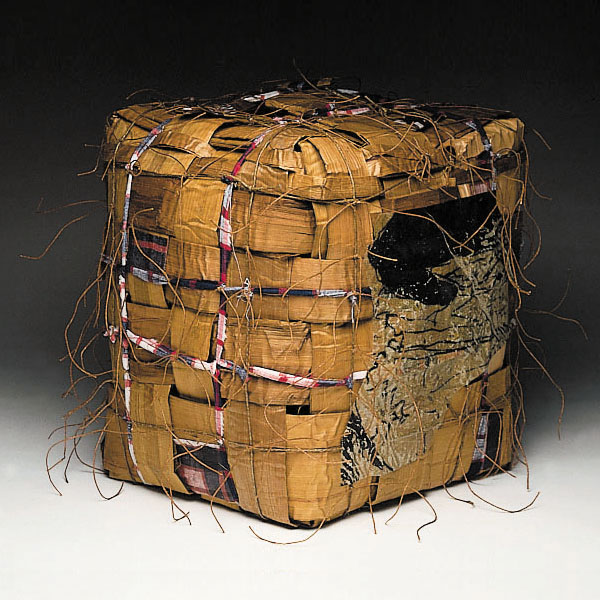



Guest Post Alert: Crafting Modernism by Carol Westfall
In her second post, Carol Westfall reviews Crafting Modernism
Music Rack Wendell Castle, 1964 REQUIRED PHOTO CREDIT: Purchased by the American Craft Council, 1964
at the Museum of Arts and Design in New York CIty through January 15, 2011.
https://arttextstyle.com/guest-posts-carol-westfall